Facing Child Abuse as a Friends Community
Author’s note: This piece deals with a community response to child sexual abuse. It is not graphic but may still be triggering. Please exercise care.
I have chosen to identify by name a Friend in my community who has been arrested for child sexual abuse. This is an intentional decision, based on the importance of truth-telling in preventing future abuse and responding to harm with transparency and loving accountability.
On March 15, 2021, I got a call from my mother. She told me that a man I’d known well in our Quaker community growing up, Javier del Sol, had just been arrested for sexual assault of a seven- or eight-year-old child that had happened around 15 years ago. Recently, he’d contacted the young woman to apologize. She recorded the call, and he was arrested.
My mother was appalled to learn about the abuse but also felt sad that this man she felt tenderness toward as a friend and community member had been criminalized for what she thought was sincere remorse and an attempt to right his wrongs. My first response—after a moment of shock—was rage. I was enraged that someone I had liked and respected as a child had done such profound violence to another child, that he had so utterly violated the trust of this child and of his community. I felt rage that he had the audacity to come back into this person’s life a decade and a half later, without any accountability for him or support structure in place for her.
I reacted first as a child who had trusted and loved him, then as an adult who cares about young people and counts survivors of sexual abuse among my loved ones. Finally, I started responding as a professional youth worker, a trained responder to sexual violence, and the Youth and Young Adult Coordinator for Southeastern Yearly Meeting (SEYM), where Javier had volunteered for several years as a youth programs activity leader. I started asking questions: How is his meeting responding? Have they contacted the people who interacted with him as children? How are we mobilizing as a community to respond? The conversation with my mother marked the beginning of a months-long process of supporting SEYM as members discerned and implemented our response to the arrest.
SEYM has affirmed an intention to share what we’ve experienced, in hope that it may be helpful to others. This article does not speak for the community as a whole, but it is offered in that spirit, based on my experience as clerk of the committee that coordinated our response. I hope Friends will receive it as a reminder that our communities are not in any way exempt from the risk of sexual violence. Building our skills, knowledge, policies, and practices around child sexual abuse prevention and response is an urgent and sacred responsibility.
Initial Response
Like the phone call from my mother, much of the initial communication within SEYM about the arrest happened through informal networks and one-on-one conversations. The clerk of Javier’s monthly meeting contacted meeting members and a few Friends from other SEYM monthly meetings. News spread fast.
I began contacting Friends in leadership in both Javier’s monthly meeting and the yearly meeting to offer support, ask about responsive steps taken so far, and advocate for a coordinated and trauma-informed response. As SEYM Youth and Young Adult Coordinator, I felt I had a professional obligation to be involved as an advocate for those Javier interacted with as children. I had experience as the volunteer ombuds for the organization Christian Peacemaker Teams, coordinating their institutional response to reports of harassment and sexual violence. From that experience, I know how important it is to have a timely, transparent, sensitive, trauma-informed, and survivor/victim-centered process when responding to harm and abuse.
While I believe everyone involved in the process wanted SEYM to respond well, the lack of a clear, shared vision for our response was a significant initial barrier, as were our own discomfort and fear. To help address this impasse, I reached out to professional experts in the field. I set up a consultation with Stephanie Krehbiel, executive director and co-founder of Into Account, an organization that works with survivors and faith communities on abuse prevention and response.
The consultation was incredibly helpful, informative, and clarifying. We talked about what SEYM’s response should look like and what challenges we might encounter. Stephanie helped me think about how to talk with Friends about the situation and how to spiritually ground and center our values in our response. She reminded me that accountability is the kindest thing for everyone, even when it doesn’t feel that way; trying to protect abusers with silence doesn’t do them any favors. We talked about how to care for survivors of sexual harm in the SEYM community, because there are survivors in almost every community, whether people are aware of it or not.
Stephanie warned me about pushback that might come from talking openly and directly about abuse by a community member. Friends might attempt to deny the abuse happened, warn against “jumping to conclusions,” or try to apply legal standards (such as “innocent until proven guilty”) that have the function of eroding trust in survivors’ experiences and discouraging responsive action. They might, with the best of intentions, use language of love, forgiveness, and inclusion to try to disrupt practices of accountability, like speaking publicly about abuse and identifying an abuser by name. It’s also common, Stephanie told me, for communities to try to avoid seeming to “take responsibility,” out of fear of lawsuits and liability, though in reality, communities that respond proactively to abuse are less likely to be sued. More to the point, “If your entire response is governed by the fear of lawsuits,” she said, “you are going to do moral injury to yourselves as an institution.”
Following the consultation with Into Account, I wrote up a draft response plan. At that point, I encountered a second significant barrier: SEYM, as an organization, has no mechanisms for responding to crisis. Without the approval of SEYM’s 26-member Executive Committee, we couldn’t form a response committee, release a statement, or take any other official action. Fortunately, our yearly meeting’s annual sessions were only a week away. I prepared what I could: drafting documents for consideration, briefing SEYM’s Youth Committee, and suggesting that they recommend to Executive Committee the immediate formation of a crisis response committee.
Corporate Discernment
Due to the COVID-19 pandemic, the 2021 SEYM annual gathering was entirely online, spread over two weeks. The minutes from the event show the actions we took in response to the arrest: formation of an ad hoc Crisis Response Committee and approval of a response plan and public statement. Because SEYM’s current practice is not to take detailed minutes on the content of discussion, our official records might make it look like this process went easily and smoothly.
In reality, the pushback that my consultation with Stephanie had led me to expect was present throughout our process. Friends raised concerns about whether it was appropriate for us to speak from a place of belief that the assault had occurred, about using Javier’s name in our public statement, about whether we were doing enough to support and recognize that of God within him, about whether any of the proposed actions would expose us to greater liability risk. I felt grief and pain as I listened and responded to these reactions. If we won’t wholeheartedly believe survivors when there’s a recorded admission of the abuse, when will we? If we won’t speak openly and transparently about an instance of abuse that is already public record, will we ever? Why do we assume that loving someone means shielding them from accountability? How often is our faithfulness dampened by an (often unfounded) fear of liability?
Hardest for me to wrestle with were questions about what it would mean for us to love Javier through our process. I believe deeply and unequivocally that people are not their worst actions, that all people deserve care. I also know—and had been reminded during my consultation with Into Account—that the language of love is used all too often to disrupt accountability, and to keep attention on abusers, even as justice demands that we center the voices and experiences of those who have been most directly harmed by acts of abuse. “Love” can be invoked to deepen our sense of responsibility or, just as easily, to deflect it.
As we worked through these concerns together, I tried to soften my heart and hear where people were coming from. We in the United States are saturated in a culture that assumes the only just response to harm is punishment and criminalization. As Friends, many of us have come to a conviction that this is wrong: that our human and spiritual responsibility to one another is to nurture, repair, and restore, and that incarceration, rather than preventing violence, is violence. But very few of us have ever seen functional models of accountability and repair. Openly naming a person and the harm they have done can easily look like the first step of retribution. But honesty and transparency are also necessary first steps in non-punitive accountability and healing processes.
During the course of the business meetings in which we discerned our response to the arrest, trusted and beloved members of the SEYM community disclosed that they were survivors of child sexual abuse. When we wandered into fear, confusion, or hostility, they brought us back to the sobering truth of how profound a harm child sexual abuse is, and how seriously we needed to take our response.
Our corporate process to discern a response to Javier’s arrest was messy, imperfect, and humbling. Eventually, we were able to step together beyond our collective comfort zone and take action. But in the process of working through our stuck places, expressing doubt and anger and fear and denial alongside love and care, Friends did some real harm to one another.
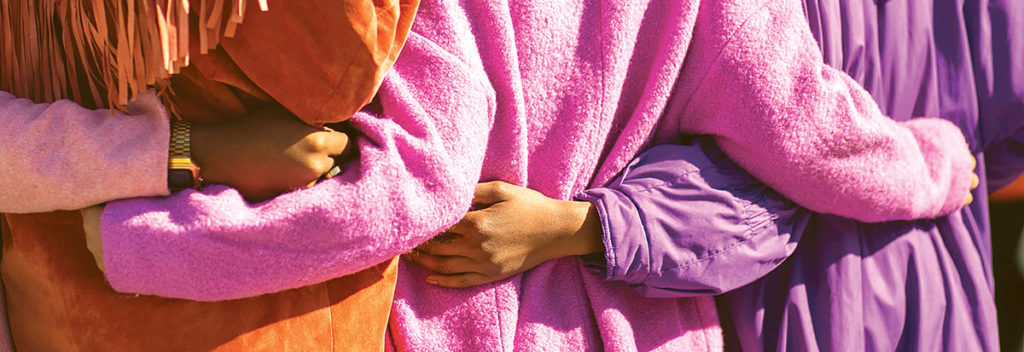
Photo by Vonecia Carswell on Unsplash
Building our skills, knowledge, policies, and practices around child sexual abuse prevention and response is an urgent and sacred responsibility.
Responsive Action
The Ad Hoc Crisis Response Committee that was formed to coordinate SEYM’s responsive actions in the wake of the arrest consisted of the SEYM presiding clerk; representatives from our Youth, Worship and Ministry, and Ministry on Racism Committees (because in a culture of mass incarceration of People of Color, navigating our responses to harm is always a racial justice issue); and me (Youth and Young Adult Coordinator, and ad hoc committee clerk). We met online twice a week for initial discernment, then slowed to weekly or biweekly meetings. Notes were taken at each meeting and published on the SEYM website in order to make our process as transparent as possible. We also reported regularly to the Executive Committee.
Several Friends with expertise in sexual harm response volunteered to act as advisors to the committee, and four “compassionate listeners” (three from outside the committee, plus me) volunteered to be available to anyone needing spiritual and emotional care. Listeners represented a range of ages and genders; participated in a brief training together; and were set up with phone numbers and email addresses specific to this work, so that their personal contact information wasn’t publicly shared.
Once the compassionate listeners were in place and the public statement posted on the SEYM website and sent directly to all SEYM meetings and worship groups, our next step was to determine which individuals we needed to contact directly to share the news and offer support. Our goal was to contact every youth program participant and adult volunteer from events where Javier had been in attendance. In order to do that, we reviewed attendance records, identified the range of dates in question, and made a list. We were lucky to be able to access mostly complete records for our timeframe. Attendance records for some other years were incomplete or nonexistent.
Among the Response Committee members, we had enough connections that almost everyone on the list was contacted by someone known personally. If we didn’t have contact information, we reached out through a family member or the person’s local meeting. We had a list of things to include in each conversation but otherwise communicated in whatever ways felt comfortable and natural to each of us: by phone, email, or social media private message.
By June, our efforts to contact individual youth program participants and adult volunteers were mostly complete. Many of the people we contacted expressed appreciation to SEYM for reaching out, communicating openly, and offering support. We did not receive any reports of harm occurring at any SEYM event. The committee turned its attention once again to discernment. What had we learned from this process? What could we recommend that might improve SEYM’s responses to harm, abuse, or other kinds of crisis in the future?
In October 2021, the committee made the following recommendations to Southeastern Yearly Meeting:
- Formation of a committee to create an SEYM harassment policy and standing crisis response process
- Development of training so that all individuals attending any SEYM event can contribute to an atmosphere that is inclusive and safe for all, especially youth
- Designated funding to support policy and training development
- More consistent attendance recordkeeping at SEYM events
- Documentation of all the steps of our response made permanently available on the SEYM website
The meeting body approved these recommendations, and the ad hoc committee was laid down.
Ongoing Work
At the time of writing, SEYM Friends are shifting from crisis response to the long-term work of implementing the committee’s suggestions. Friends have stepped forward to serve on the new committee charged with improving our policies and practices around harassment, abuse, and crisis response. Two Friends who served on the previous ad hoc committee will continue, and two more will bring new voices and perspectives into the work.
There will always be more to do. Child abuse prevention, trauma-informed crisis response, and support for abuse survivors are not once-and-done work. I hope and believe that SEYM, as an organization and as a community, has entered more deeply now into this ongoing practice of learning, growth, and action.
It is challenging to try to take a survivor-centered approach to abuse response when, in this case, we do not know, and may never know, who the young woman is who was abused by our community member. She has been in my mind and heart continuously through this process. As our whole community affirmed in our public statement:
Child sexual abuse is an act of violence, abuse of power, and violation of trust that is completely contrary to Quaker values and beliefs. We offer our respect and gratitude for the courage that it took the survivor of abuse to bring her experience to light.
For full documentation of SEYM’s response process, see the “Crisis Response to Abuse” page of seymquakers.org. For expert guidance in abuse prevention and response within faith communities, see intoaccount.org. For a powerful exploration of alternatives to punitive and penal systems, check out Beyond Survival: Strategies and Stories from the Transformative Justice Movement. I owe a great deal to the women and nonbinary folks, People of Color, and survivor-led Transformative Justice movement.


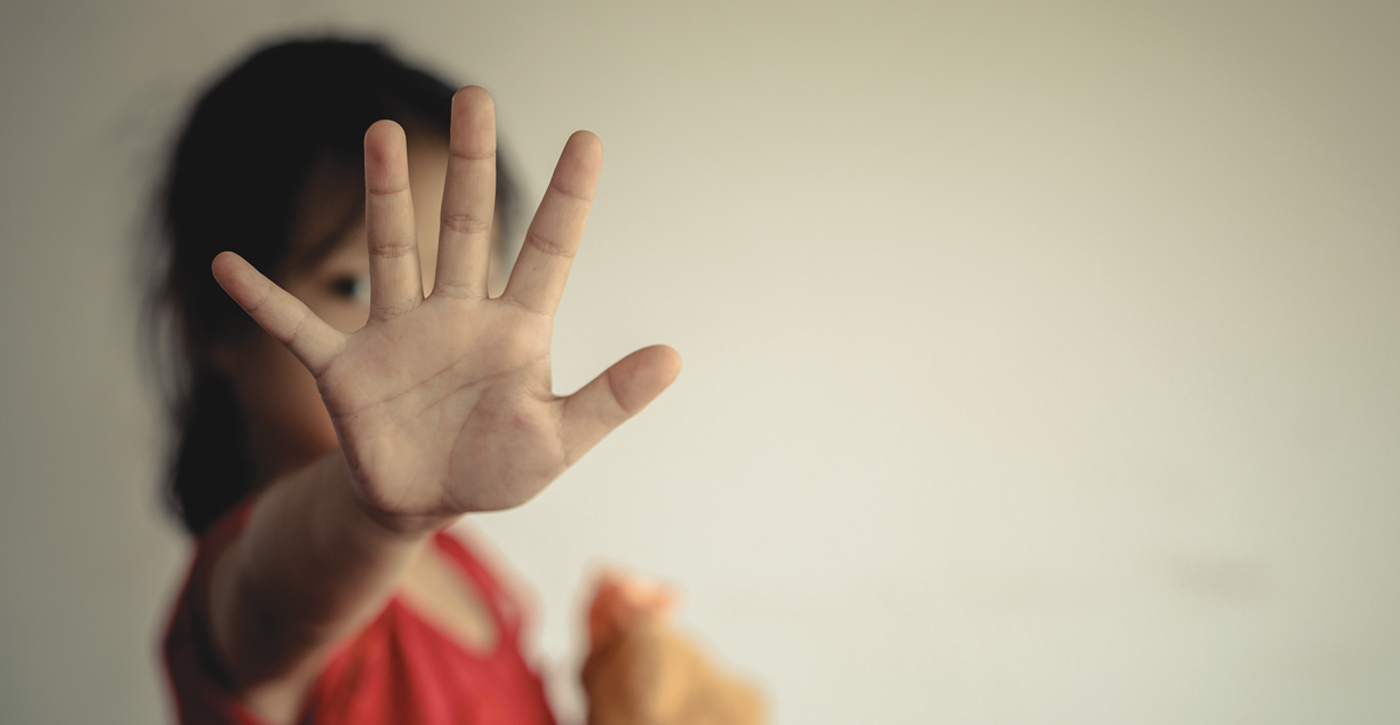
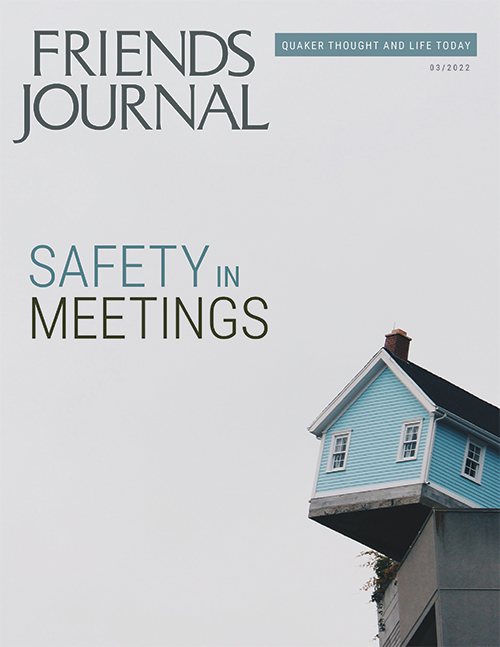
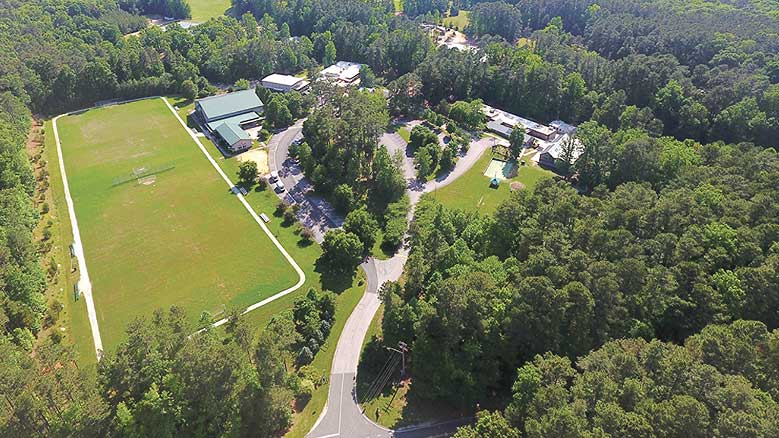

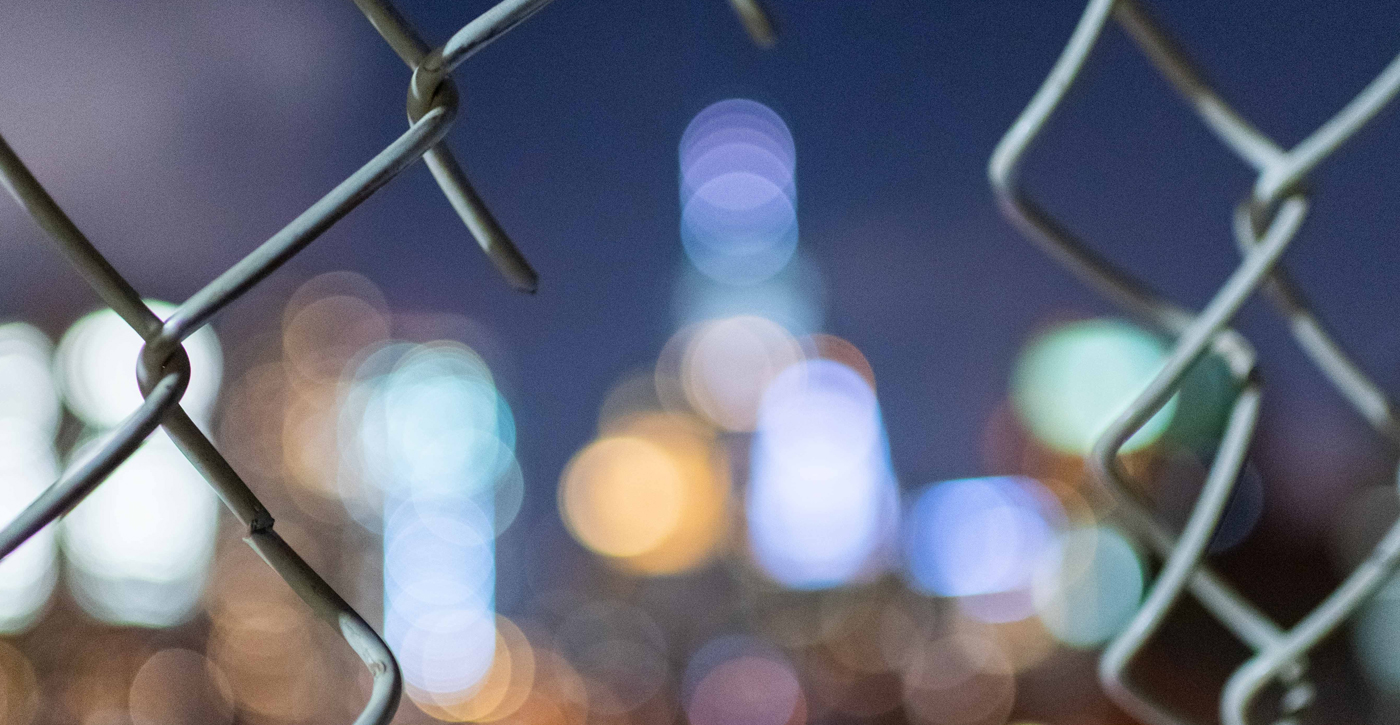
Thanks to Kody for this report. I especially appreciate the advice that it’s not “one and done.” A couple of decades ago, my Meeting went through tremendous upheaval over a similar problem. Over months, we dealt with the issue, supporting the offender and setting up structures to allow him to continue worshipping with us while keeping prospective victims safe. The offender left our Meeting, because he felt uncomfortable with the restrictions we had placed on him. In the meantime, though we had cautioned that the identified offender might not be the only person we should beware of, a different person abused a child in our midst. Now, two decades later, I doubt whether anyone is on the alert for such a possibility; the signs have been taken down which required protective measures.
Friends want to trust each other, to believe the best of each other. We also believe in second chances, not acknowledging that being sexually addicted to children is a condition which is not expunged by court action, or even imprisonment. If we love the vulnerable people in our communities, we must become more educated about the risks they face in joining us. And if we love the offenders in our community, we must understand what demons they are dealing with.
Thank you for the work you are doing to support victims of abuse. And for calling for accountability from the abusers while still trying to love them in accordance with Quaker principles.
I would hope that Friends work on all manner of abuse—domestic abuse, physical, emotional and verbal abuse, abuses of power in relationships of inequality—etc. could also be addressed in a similar manner when they are brought to light.
Thank you, Kody! Just reading about this, bringing it into the Light, feels very healing. Describing this occurrence and SEYM’s process and struggles in addressing sexual abuse of children is a great gift to other Friends meetings and churches. Bless you.
Kody is a gift to friends. This piece was wonderful to read and I would hope meetings and other Quaker entities will seek out Kody’s wisdom and care around this issue. <3